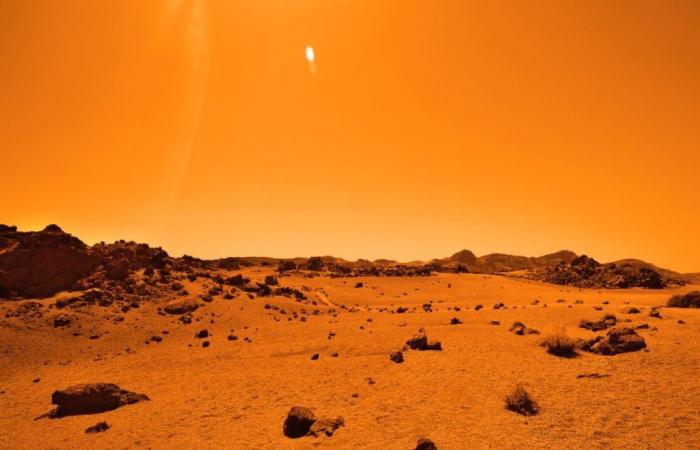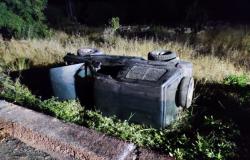Most of these samples consist of rock cores or regolith that could reveal important information about the planet’s history and whether microbial life existed billions of years ago. But some scientists are equally excited about the prospect of studying the air in the extra space around the rocky material in the tubes.
“Air samples from Mars will tell us not only about the current climate and atmosphere, but also about their evolution over time,” said Brandi Carrier, a planetary scientist at NASA’s Jet Propulsion Laboratory in Southern California.
Scientists Want to Learn More About the Martian Atmospherewhich is composed mostly of carbon dioxide, but may also include traces of other gases that may have existed since the planet formed.
With these samples we will be able to know more about the water vapor present on the red planet.
Among the samples that could be brought back to Earth is a tube filled only with gas deposited on the Martian surface as part of a sample repository.
However, Most of the gas in the rover’s collection is in the free space of rock samples. This is important because the gas will interact with the rock material inside the tubes for years before the samples can be opened and analyzed in laboratories on Earth. What scientists collect from these samples will give them an idea of how much water vapor hovers near the Martian surface, giving us insights into how the water cycle on Mars has evolved over time.
Scientists also want to better understand the gases that are present in smaller quantities in the air on Mars. The most tantalizing, from a scientific point of view, would be the identification of noble gases, which are so unreactive that they could have been present, unchanged, in the atmosphere since their formation billions of years ago.
If caught, These gases could reveal whether Mars initially had an atmosphere. (Ancient Mars had a much thicker atmosphere than today, but scientists aren’t sure whether it was always there or whether it developed later.) There are also big questions about how the planet’s ancient atmosphere compares to that of the early Earth.






